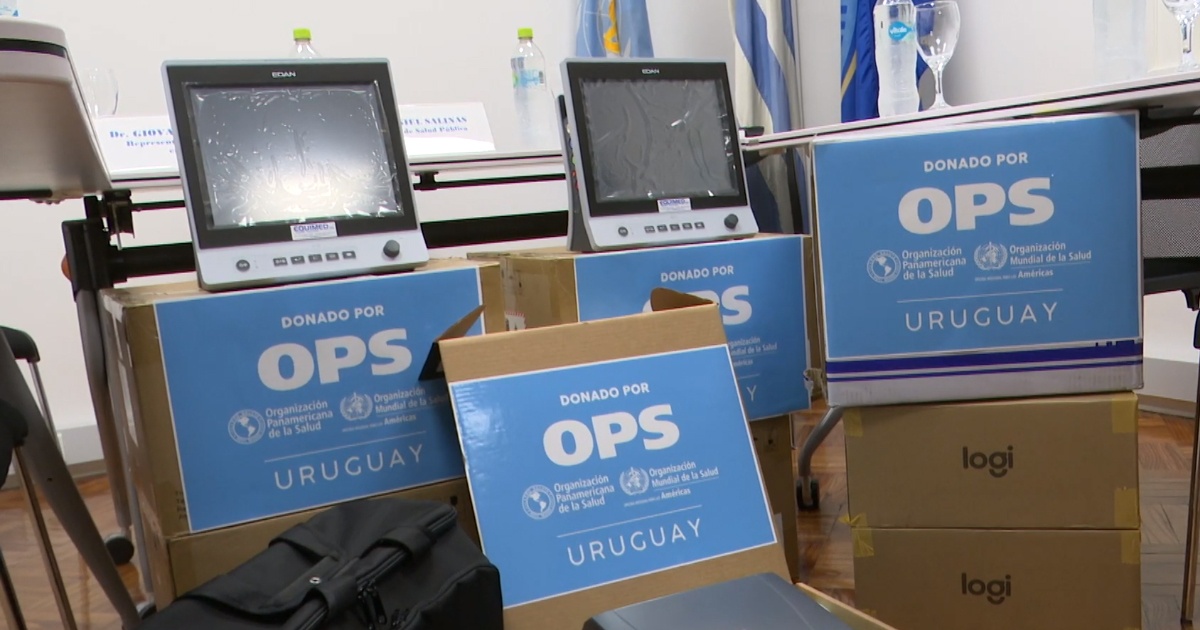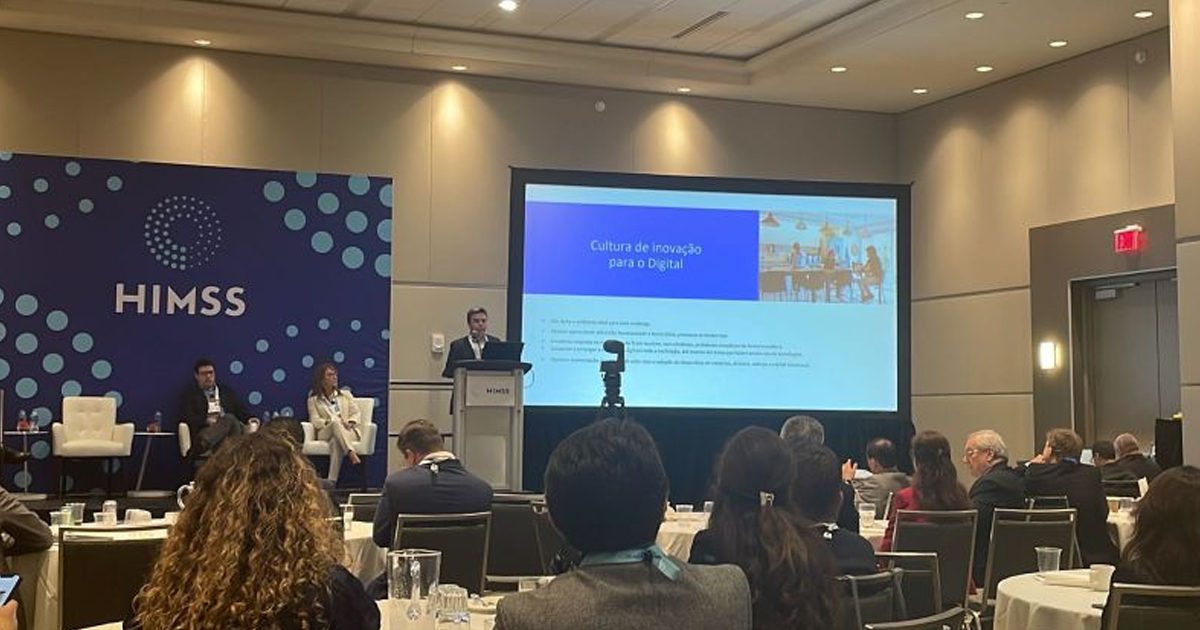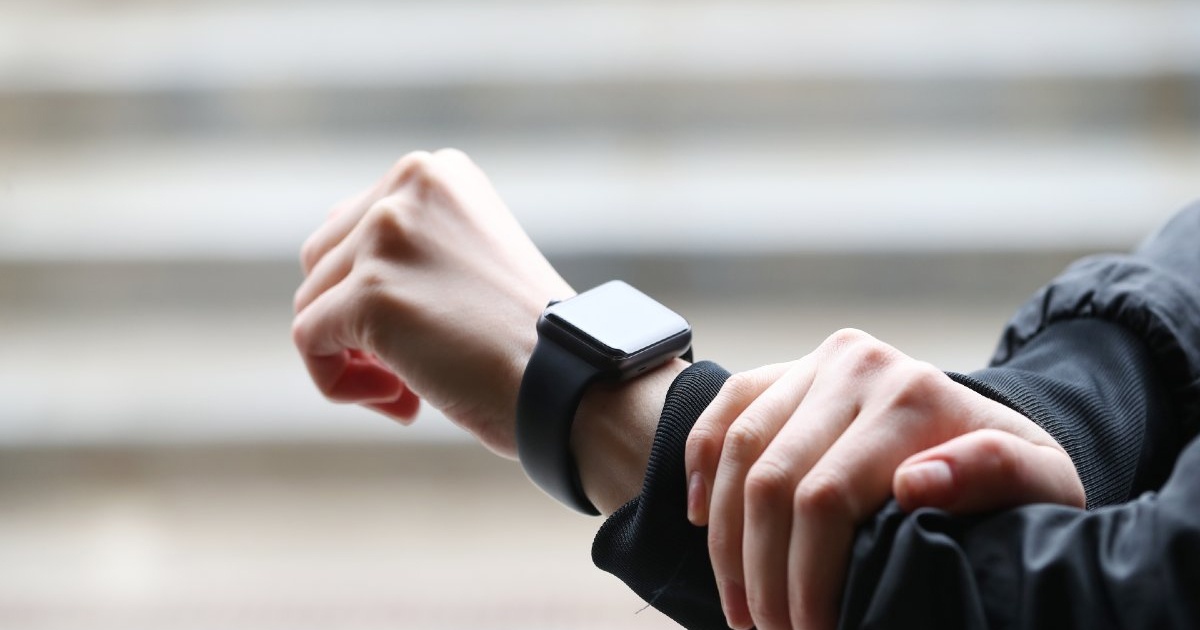University students in the United States developed an educational strategy for populations at high risk for COVID-19 based on a population vulnerability map.
Predictive models have been of great importance in the fight against the pandemic. They have been developed by different academic and health organizations, becoming a valuable tool for planning and decision making in the fight against COVID-19. For example, for the resource management in hospitals, as well as the administration of health personnel.
Predictive analytics provide insight through data into the pandemic behavior and make estimates, for example, on mortality and incidence of COVID-19. "Predictive analytics is statistical analysis that uses data mining, machine learning and algorithms based on historical data sets to identify patterns of behavior and trends to predict future scenarios," explains the Pan American Health Organization in a document on Predictive Modeling.

Currently, thanks to the resources available, such as technology that allows the processing of millions of data, the use of Big Data and other resources, have boosted the use of analytical mechanisms of this kind.
However, in the current pandemic scenario, predictive analytics does not only work for epidemiological estimates or for resource management in health systems. Recently, students at the Medical University of South Carolina (MUSC) created an educational program based on predictive analytics techniques, targeting populations at increased risk for COVID-19 complications. To develop the strategy, they used the Jvion COVID-19 Community Vulnerability Map, a predictive analytics-based tool that specializes in identifying at-risk populations.
“We decided that patients over age 65 and about 80 census tracks, which were labeled extremely high risk, would be our first priority. Our next tier would be patients over 65 and high-risk areas as labeled by the vulnerability map. That left us with about 28,000 people” Alan Snyder, a medical student at MUSC, explained to a specialized media outlet.
According to the estimates made through the map, they found approximately 28,000 people who met the high-risk labels for COVID-19, so they were people over the age of 65.
After involving volunteers, Snyder explained that the project approach consisted of three levels. First was the educational and information strategy about the virus that looked at information available from the CDC. “In the modern era, there's a lot of polarization of opinions and beliefs. We wanted to ensure that we share information that’s based in science and has proven to be helpful. Even if we're only contacting one person, let's say over the phone, that person may talk to their family and that information will spread,” Snyder explained.
The second level included a social determinants of health questionnaire to assess other patient risk factors. After the assessment, the third step was to guide patients to social services.
“Of course, we would love to inform everybody. And to an extent we did – we created a subject matter expert COVID-19 YouTube channel tied to MUSC, and we created an email so we could communicate with all 28,000 people we contacted. But we believed those personalized interventions would have the greatest impact on those who we knew had the highest risk of poor outcomes,” he concluded.






